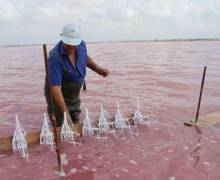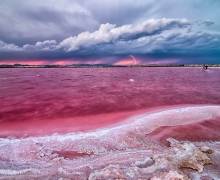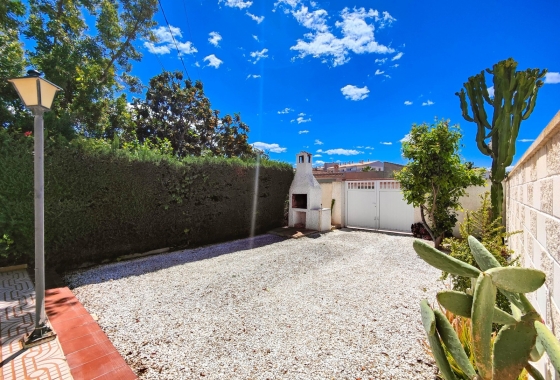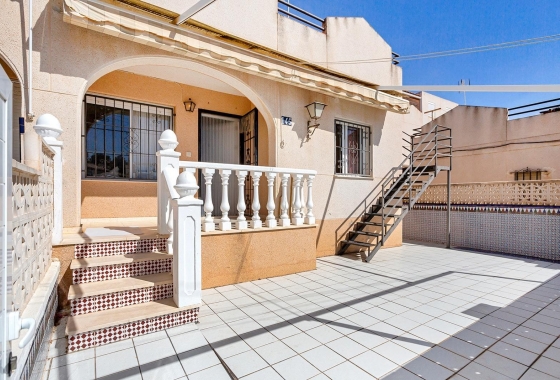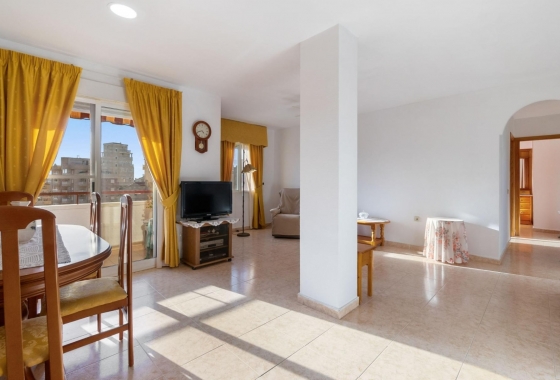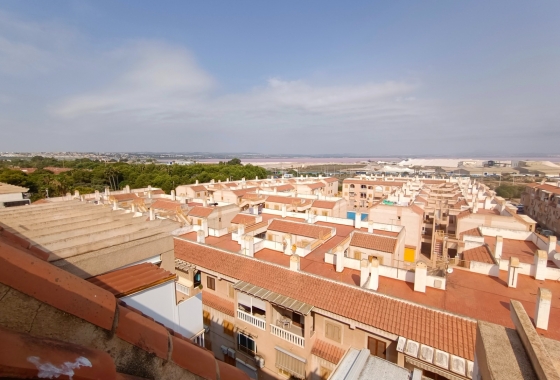Salt in Torrevieja!
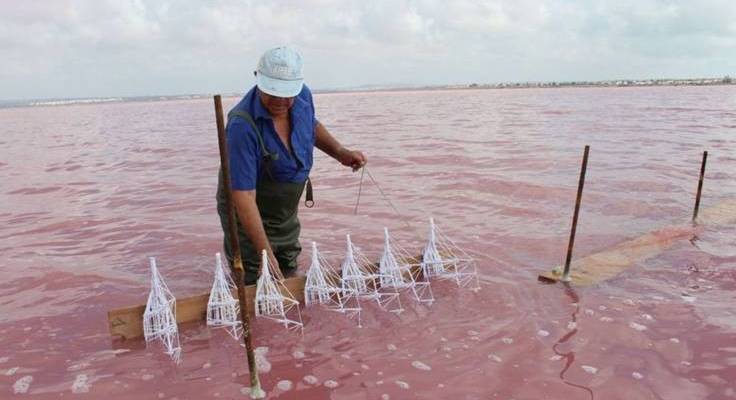
Salina de Torrevieja is an enclave of high ecological value, located in the Natural Park of the Lagoon of La Mata and Torrevieja. This area is part of the humid and wetlands in the southern province of Alicante.
Many protection zones have been created throughout the lagoon, such as the Special Bird Protection Zone and Sites of Special Community Importance. This area contains Ramsar wetlands rich in various animal species. Therefore, these areas are of great importance for the development of biological cycles of many bird species, which use it as a migration, nesting and wintering point.
And although the areas located on the Costa Blanca near the city of Torrevieja and nearby La Mata are famous primarily for their beautiful beaches and excellent conditions for summer relaxation, it is worth spending some time on a trip to the world of still wild nature and attractions created by nature, which are not available here. is lacking.
Torrevieja is a town on the Costa Blanca in Spain. It lies between two lakes that are connected to the sea by a network of canals. Some of the latter date back to the Middle Ages, but it is said that the first excavations may even come from ancient times. During excavations, the remains of Roman buildings and machines were found, proving that salt was already being mined in this place at that time.
The first historical records mentioning salt production in this part of Spain date back to the 13th century. They talk about the decision of one of the then rulers to start salt production in the Lagoon of La Mata and Torrevieja.
However, the plant that operates today in the lagoon acquired its current shape in 1803, when a modern plant for extracting salt from seawater was opened. This is also the official date of the foundation of the city of Torrevieja. Previously, there were only military buildings and an old observation tower, from which the city took its name (torre vieja, loosely translated, means old tower).
In 1802, King Carlos IV donated the surrounding lands to the salt guild. In less than a few months, the first houses, warehouses, a port, shops and, of course, a salt production plant appeared in the area. Since then, salt has become a very important part of the local economy.
Initially, most of the work in the plant was done manually. Dozens of people laboriously scratched out the crystals that had settled on the stones. Over time, the first machines for collecting salt appeared, and finally special platforms appeared on the pink lake, on which salt crystallization takes place continuously and occurs continuously around the clock.
Currently, using modern technology, it is possible to obtain up to 350 grams of salt from one liter of water, which allows the extraction of over 600,000 tons of salt per year.
Torrevieja salt is an industrial salt, so you won't oversalt the soup with it. You will find it in places such as:
Chemical products used every day at home.
In medical products.
On roads and driveways when it freezes and becomes slippery.
In the production of textiles and plastics.
In pet food.
The use of salt is enormous and the market is constantly expanding. Already half of the production goes outside Spain, even to the most remote corners of the world.
The water in the lake owes its unusual and beautiful color to the bacteria from the Halobacterium family and Dunaliella Salina algae living in it. These are organisms adapted to exist in an extremely salty environment. Apart from the lake in Torrevieja, these creatures live, among others, in the waters of the famous Dead Sea.
The presence of microorganisms, combined with an extremely high concentration of minerals and many other organic and chemical compounds, create a specific microclimate in the Torrevieja area, which, according to many, has a beneficial effect on our health and well-being.
The birds that visit this place every year probably think the same. The marshy surrounding areas provide them with large supplies of food and, interestingly, the machines working in the solar plant and the people bustling around do not seem to make any impression on the inhabitants of the lake.
To visit the lakes and learn more about salt production, take the train!
The tour to the salt production plant in Torrevieja takes just over an hour.
The ticket price for an adult is 7.95 Euro, and for children up to 13 years of age the price is 1 Euro lower.
The train departs from only one place - Paseo de la Libertad in the center of Torrevieja at Waldo Calero Square.
During the season, i.e. from the beginning of March to the end of September, tours take place at:
10:00
12:00
14:00
16:00
18:00
The Natural Park of the Lagoons of La Mata and Torrevieja, where the salt production plant is located, covers an area of 3,700 hectares, of which 2,100 hectares are water and wetlands.
A wonder of nature worth visiting!
We invite you!
Source: https://www.naszeszlaki.pl/arc...









